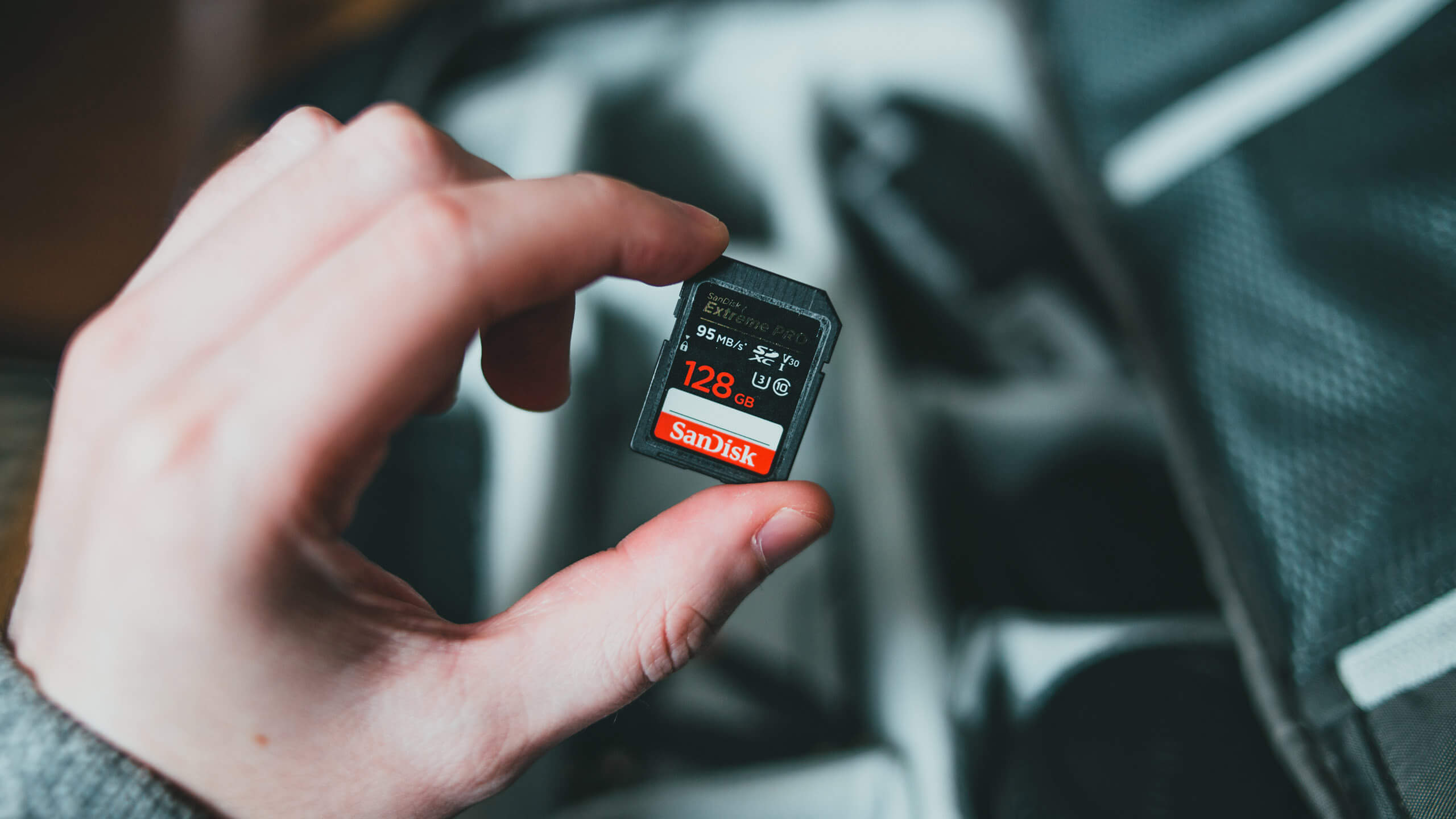Which Memory Card Is Best for Your Fujifilm Camera?
Professional photographers are often confronted with a myriad of choices when it comes to selecting the right gear. When you invest in a Fujifilm camera, an essential accessory to consider is the memory card. Whether you're shooting high-resolution images or recording 4K videos, the right memory card ensures that you never miss a moment. This article delves into what type of memory card does a Fujifilm camera take and helps you make an informed decision.

Understanding Memory Card Types
Fujifilm cameras typically use SD (Secure Digital) cards. However, not all SD cards are created equal. There are several types to be aware of:
SD, SDHC, and SDXC Cards
SD cards were the first to be introduced and have storage capacities up to 2GB. As technology advanced, SDHC (Secure Digital High Capacity) cards were developed, offering storage capacity from 2GB to 32GB. The latest in the series are SDXC (Secure Digital eXtended Capacity) cards, which boast capacities over 32GB and up to 2TB.
For instance, if you're using a high-end Fujifilm camera, an SDXC card is often recommended due to its larger storage capacity and faster write speeds that handle high-resolution images and 4K video recording seamlessly.
UHS-I vs. UHS-II
For professional photographers, knowing the difference between UHS-I and UHS-II cards is crucial. UHS stands for Ultra High Speed and pertains to the bus interface used by SDHC and SDXC cards.
UHS-I cards offer transfer speeds of up to 104MB/s, which is sufficient for basic photography and Full HD video. On the other hand, UHS-II cards provide much higher speeds up to 312MB/s, making them ideal for burst shooting and 4K video recording.
Choosing the Right Memory Card
Compatibility and Performance
While Fujifilm cameras are typically compatible with a range of SD cards, it's best to check your camera's manual for specific recommendations. Using a memory card that aligns with your camera's capabilities ensures you maximize its performance.
Furthermore, it's important to factor in your photography needs. For instance, if you frequently shoot in RAW format or capture high-definition videos, a card with higher storage and faster write speeds is essential. You can read more about choosing the right memory card here.
Read and Write Speeds
When selecting a memory card, both read and write speeds are critical. Write speeds dictate how fast data can be written to the card, which is pivotal for continuous shooting and video recording. Read speeds, on the other hand, determine how quickly you can transfer data from the card to other devices.
Durability and Reliability
Professional photographers need memory cards that are durable and reliable. Look for cards that are water-resistant, temperature-proof, shockproof, and X-ray proof to ensure your valuable data remains safe in various shooting conditions.

How to Maintain and Format Your Memory Card
Proper maintenance of your memory card can prolong its life and reliability. Regularly formatting your card helps eliminate corrupted files and ensures it operates smoothly. Always format your card in-camera before use rather than on a computer.
For further details on how to format an SD card, you can visit this link.

Additional Resources
If you're interested in learning more about camera memory cards, check out these helpful articles:
FAQ
What's the Best Memory Card for Fujifilm?
The best memory card depends on your specific needs. For 4K video and high-speed burst shooting, UHS-II SDXC cards are often recommended.
Can I Use MicroSD Cards with an Adapter?
Yes, you can use MicroSD cards with an adapter, but it's generally better to use standard SD cards for optimal performance and reliability.
How Often Should I Format My Memory Card?
It's a good practice to format your memory card after each photo shoot. This helps to clear any residual data and prevent file corruption.
As an Amazon Associate, I earn from qualifying purchases.
Proper care and informed choices will ensure that your Fujifilm camera performs at its best, capturing stunning photos and videos without any hiccups.

